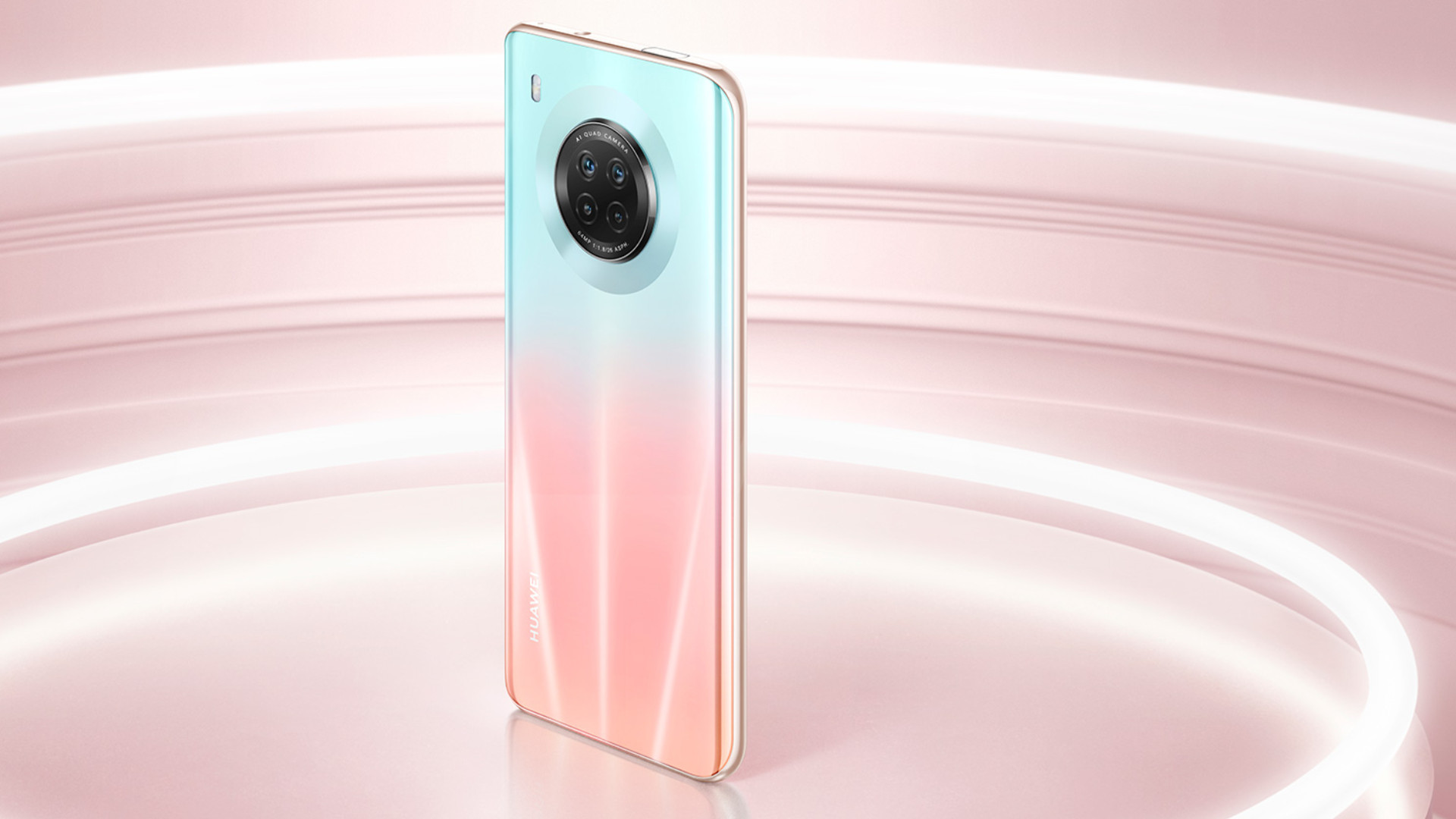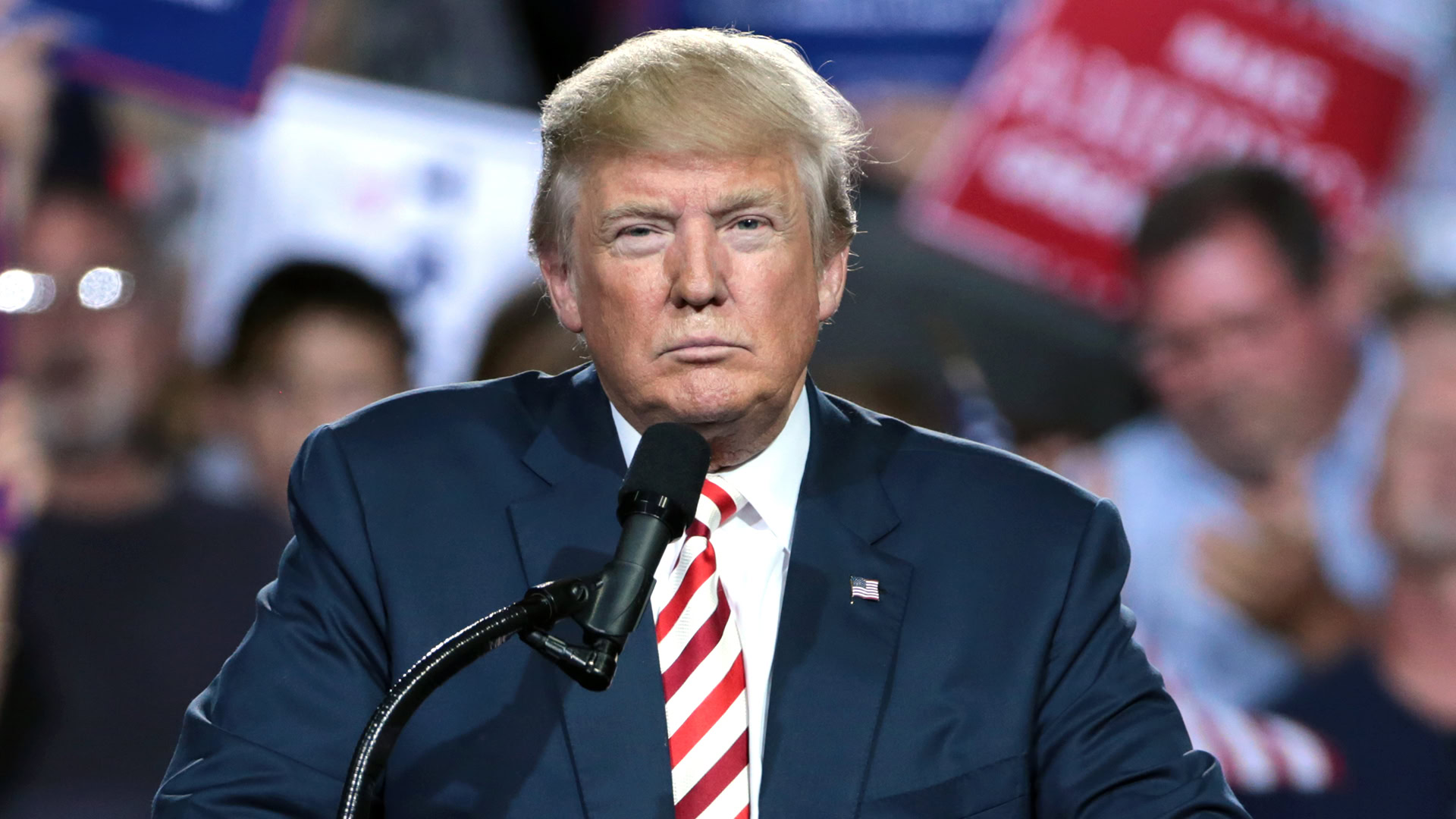Affiliate links on Android Authority may earn us a commission. Learn more.
HUAWEI buyer's guide: Everything you need to know
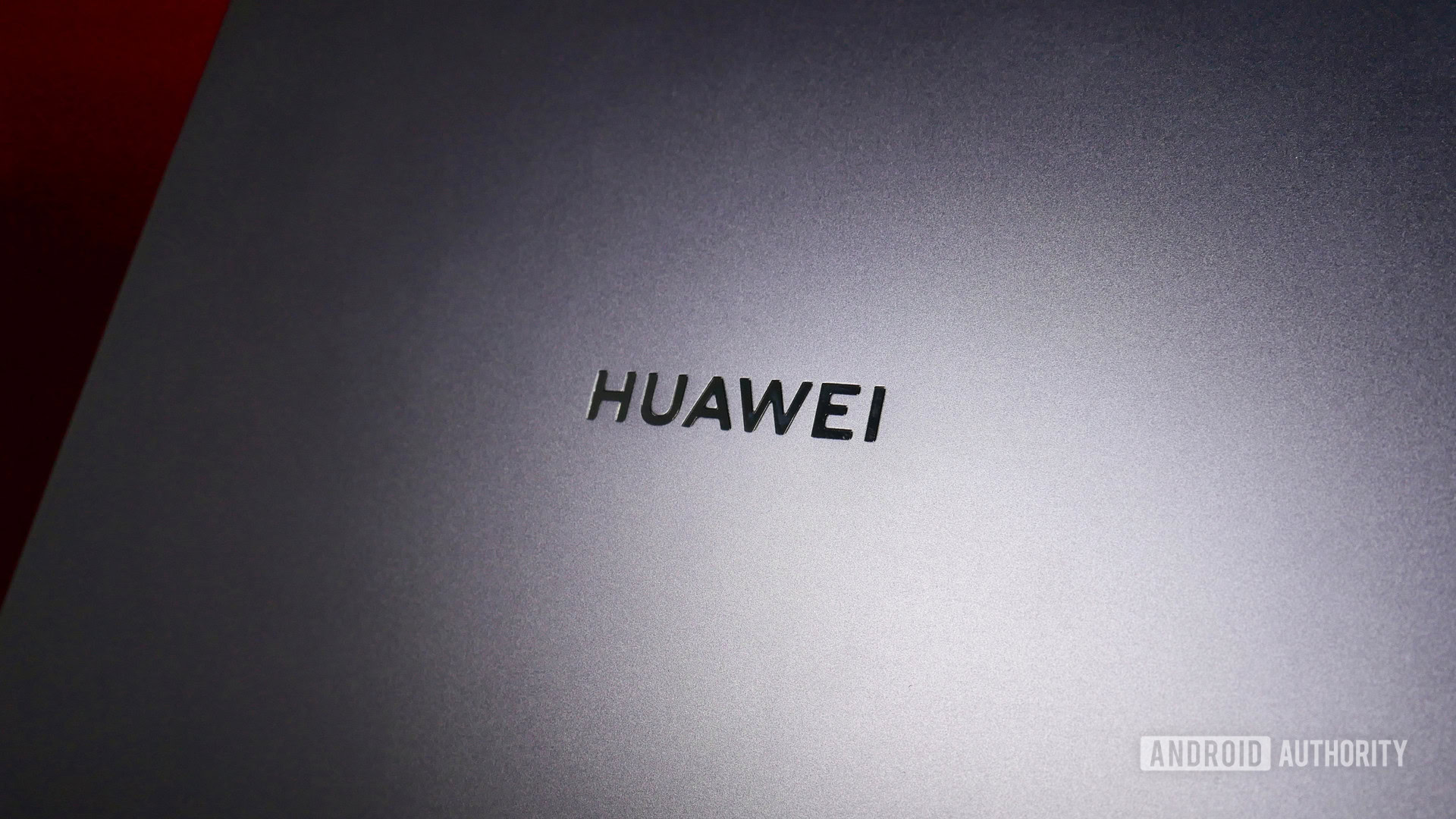
Although HUAWEI has never had a large presence in the United States, that didn’t stop the company from becoming one of the world’s biggest smartphone manufacturers. HUAWEI phones were once so popular that the only company that even compared was Samsung, which is the largest in the world.
Unfortunately, all has not been well with HUAWEI over the past few years. The US government under the Trump administration imposed increasingly restrictive sanctions on the company. These roadblocks have prevented HUAWEI from conducting even the most basic of business functions related to smartphones, which has forced the company out of the top-five OEMs globally.
However, the company is still around and still producing phones and other devices. In this article, we’re going to break down all the information you need to know about HUAWEI phones and a handful of its other products.
Who is HUAWEI?
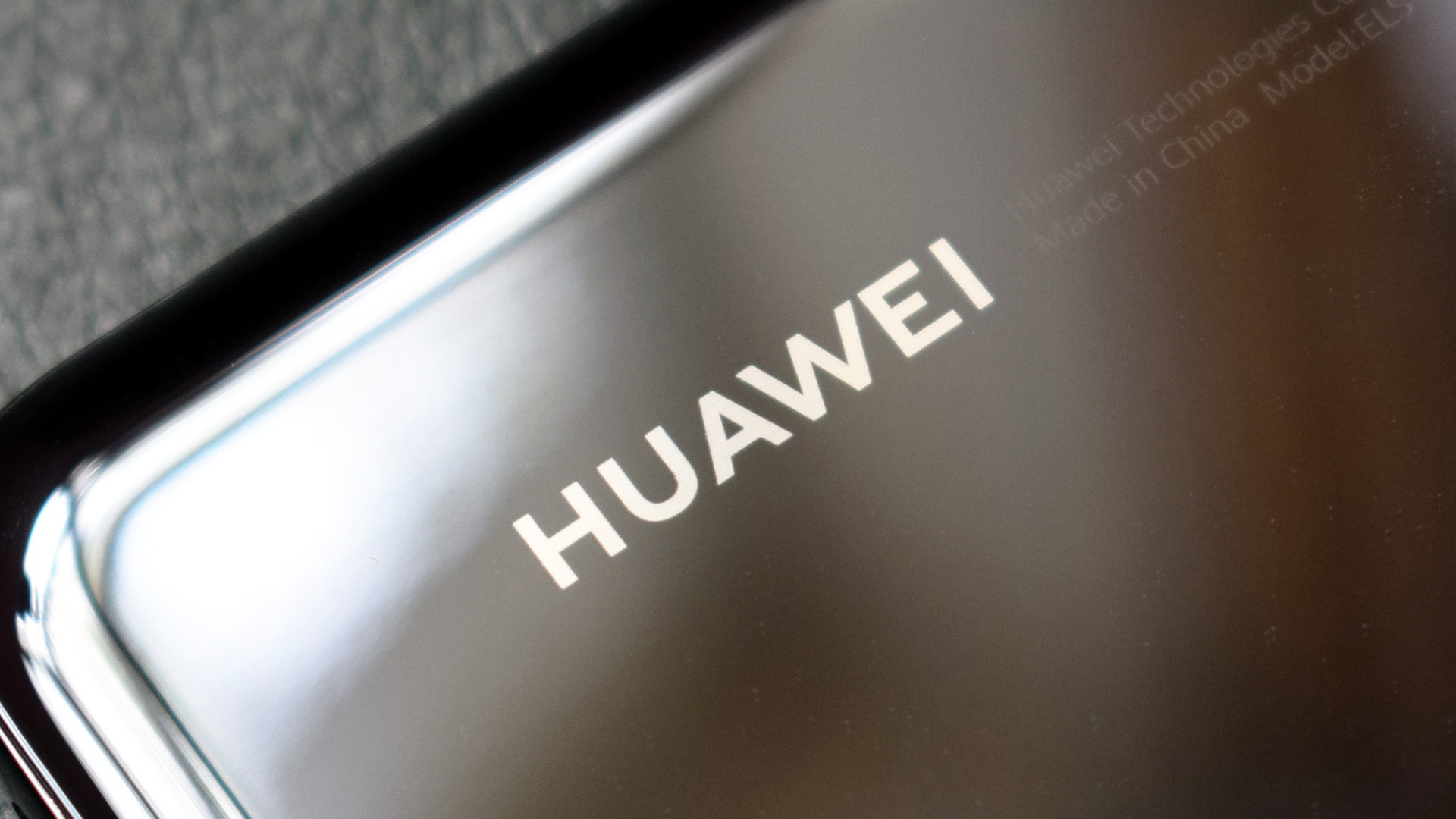
HUAWEI (pronounced “wah-way”) is a Chinese telecommunications and electronics giant based in China. Ren Zhengfei founded the company in 1987. Prior to founding HUAWEI, Zhengfei was a high-ranking member of the People’s Liberation Army (PLA), which is the main military force of the Communist Party of China (CPC).
In the 80s, China was in desperate need of new types of telecom equipment. At the time, it was dependent on foreign nations for this kind of tech. Zhengfei set out to reverse engineer foreign products and develop telecom equipment in China, which would allow the nation to be less dependent on foreign firms.
Almost since day one, HUAWEI has had close ties to the Chinese government.
By the early 90s, HUAWEI had released a telephone switch product that bested all other Chinese competitors. This success — combined with Zhengfei’s connections to the PLA — allowed HUAWEI to nab its first big government contract.
As the years passed, HUAWEI became bigger and bigger and created products in more and more industries. All the while, its ties to the Chinese government only got stronger, and its reputation for intellectual property theft became more solidified.
HUAWEI phones enter the market
In 2004, HUAWEI released its first mobile phone, a feature phone called the C300. Its mobile division grew quickly and, in 2009, it released its first phone powered by the Android operating system, the U8220.
The company would then go on to release many different Android smartphones, mostly under its Ascend branding. In 2015, though, HUAWEI discontinued the Ascend line and focused on its new flagship P-series, which began with the HUAWEI P8.
HUAWEI first broke into the US market in 2015 with the Google Nexus 6P, a phone designed and developed by Google but produced by HUAWEI. Although HUAWEI was already massive in China and other parts of the world, this was the first time many Western users had heard the name. HUAWEI hoped to use this as a launching pad to step into the US market with its own branded phones.
However, its ties to China and its reputation for IP theft dogged its efforts. Although a few phones have made it to the US in various capacities, HUAWEI never developed a foothold in the country. It has had sizable success in other Western markets though, including the United Kingdom and many parts of Europe.
In 2016, HUAWEI boasted that it would become the world’s largest smartphone manufacturer. In 2020, it technically achieved this by shipping more phones than Samsung in the second quarter. However, this record would be short-lived, as the HUAWEI ban pretty much ensures the company can’t grow outside of China.
What does HUAWEI offer?
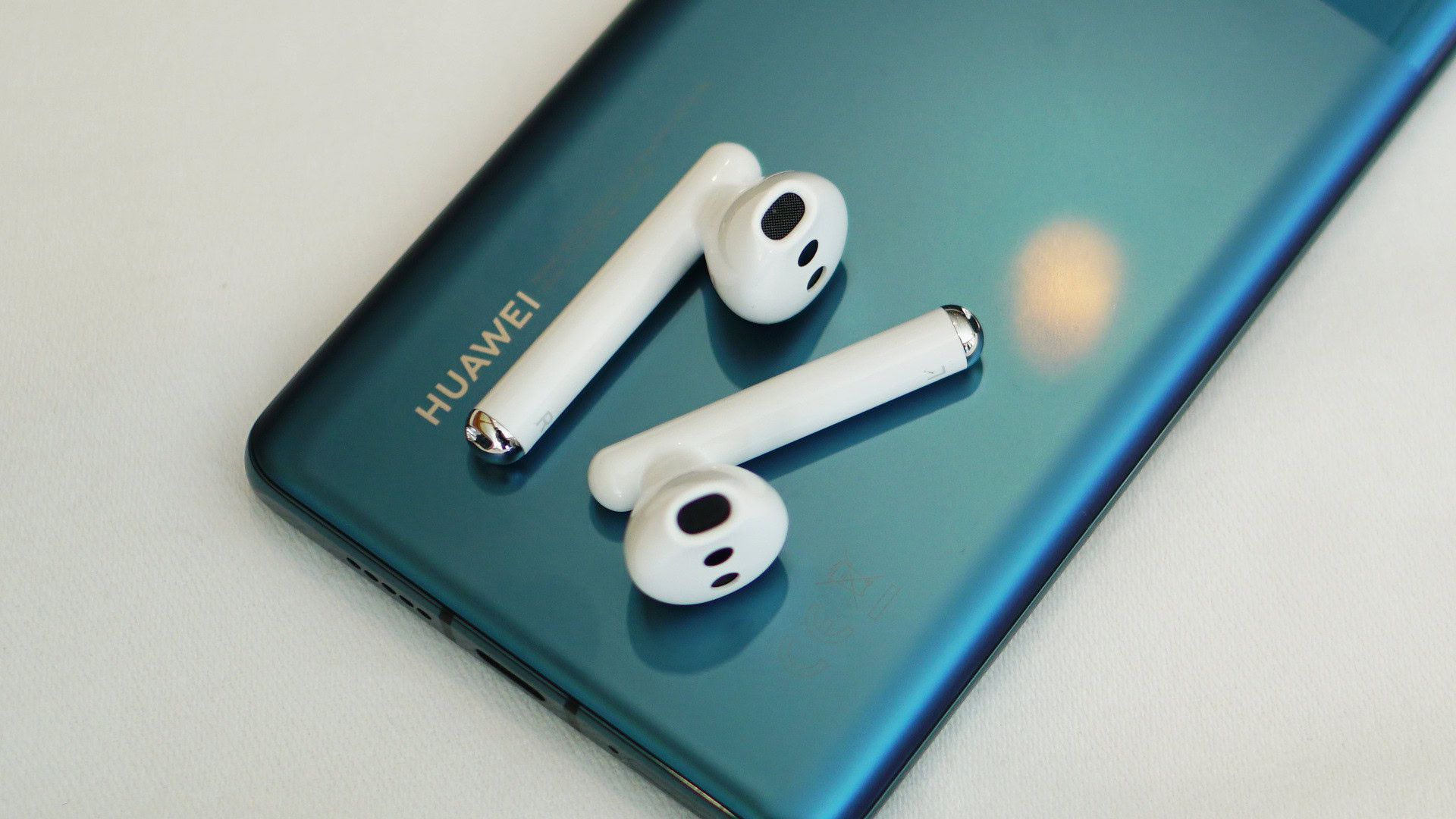
Huawei’s main source of revenue is its telecommunications equipment. Around the world, HUAWEI creates much of the equipment and technology that powers cellular networks.
Outside of this revenue stream, though, the company creates plenty of consumer electronics. Obviously, a huge part of its business is (was?) HUAWEI phones, which we’ll cover in-depth in the following section. Here, though, we’re going to discuss some of the other consumer electronics categories HUAWEI supplies.
Laptops and tablets

Interestingly, Microsoft is one of the few US-based companies that can continue working with HUAWEI in certain respects. This allows HUAWEI to continue to develop Windows-based laptops. The most recent product in this line is the HUAWEI MateBook X Pro (2022), which is a thin and light laptop with terrific battery life. HUAWEI laptops are generally well-received by critics and consumers, although they do get dinged quite a bit for their similarities to Apple’s line of MacBooks.
Speaking of Apple, HUAWEI’s most recent entry in the tablet market is the MatePad Pro (2021). This tablet is essentially an iPad Pro competitor, complete with a Pencil-like stylus. It runs on HUAWEI’s own Harmony OS (which is based on Android 10) with a design that’s very similar to iPad OS. The tablet has great specs and decent pricing, but the lack of Google apps makes it hard to recommend.
Wearables
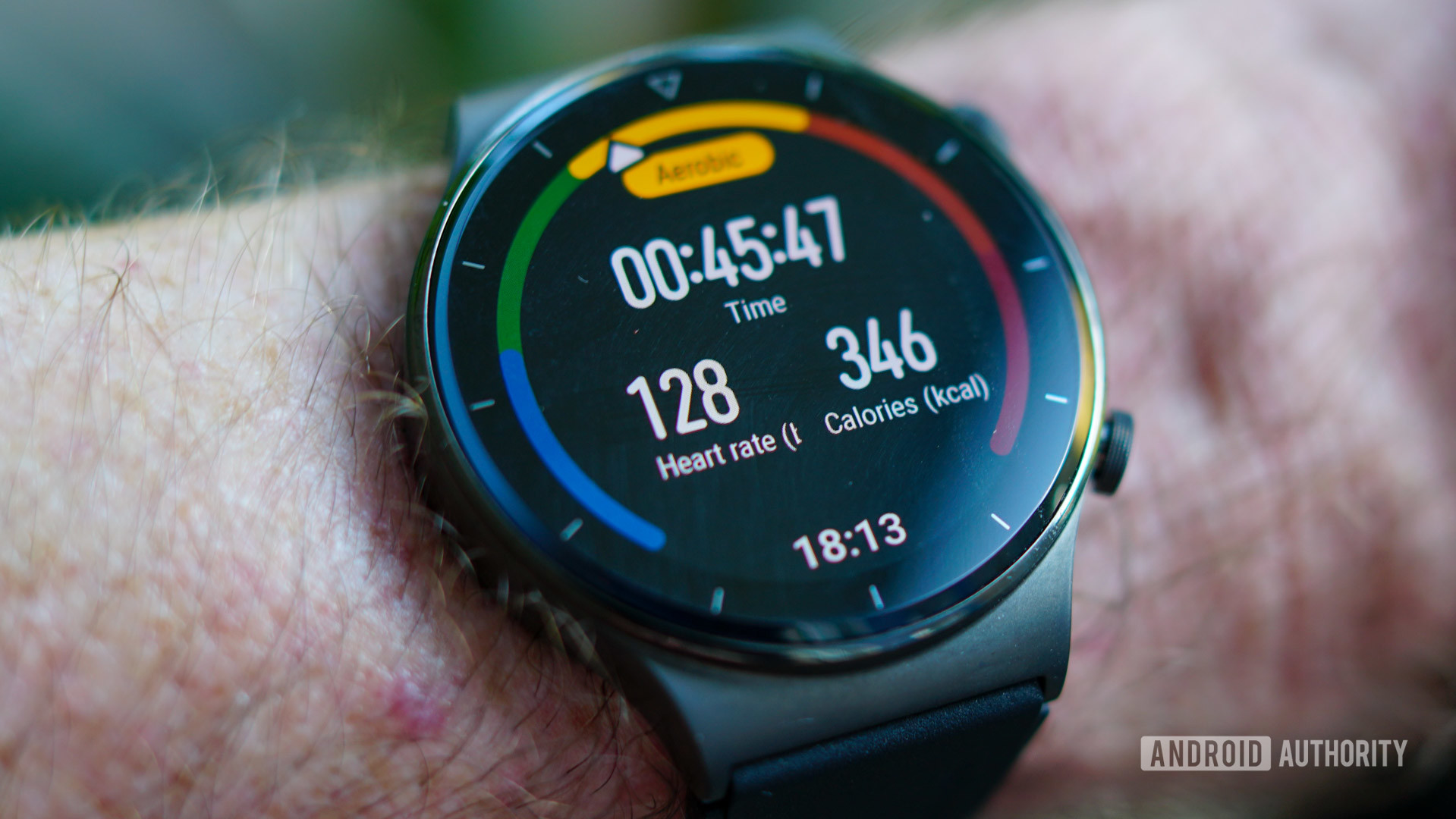
There are two major lines of wearables that HUAWEI develops: smartwatches and audio products. In smartwatches, its most recent product is the HUAWEI Watch GT 3. The watch improves on its predecessors in a few ways but has some software issues that prevent it from being a true Apple Watch competitor.
In audio, HUAWEI produces several variants of true wireless earbuds. Most recently, it launched the HUAWEI FreeBuds 4, which look very similar to Apple’s AirPods Pro (noticing a trend here?). Unfortunately, a lot of the great features of these earbuds are exclusive to HUAWEI phones, making them hard to recommend for many buyers at the moment. Still, HUAWEI has a good reputation for creating quality audio products that don’t break the bank.
White-label components and devices
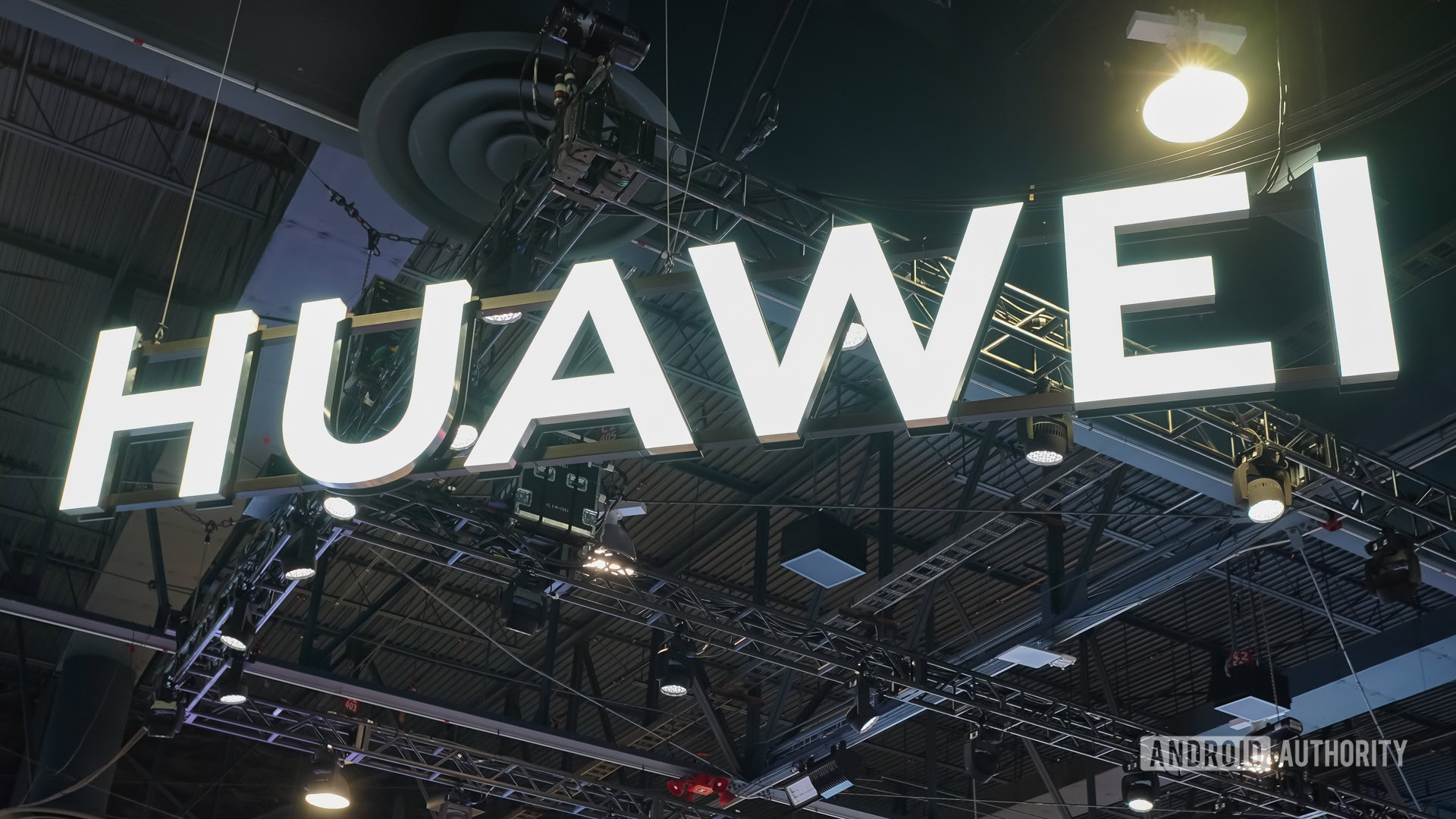
The products we’ve already discussed — as well as the HUAWEI phones we’ll attack in the next section — all have the HUAWEI branding. However, the company also creates white-label products, which are products that one company creates for other companies to sell. HUAWEI creates everything from wireless routers to modems to USB hubs under this system. That means there are people around the world who might own products created by HUAWEI and not even know it.
HUAWEI phones: Each line explained
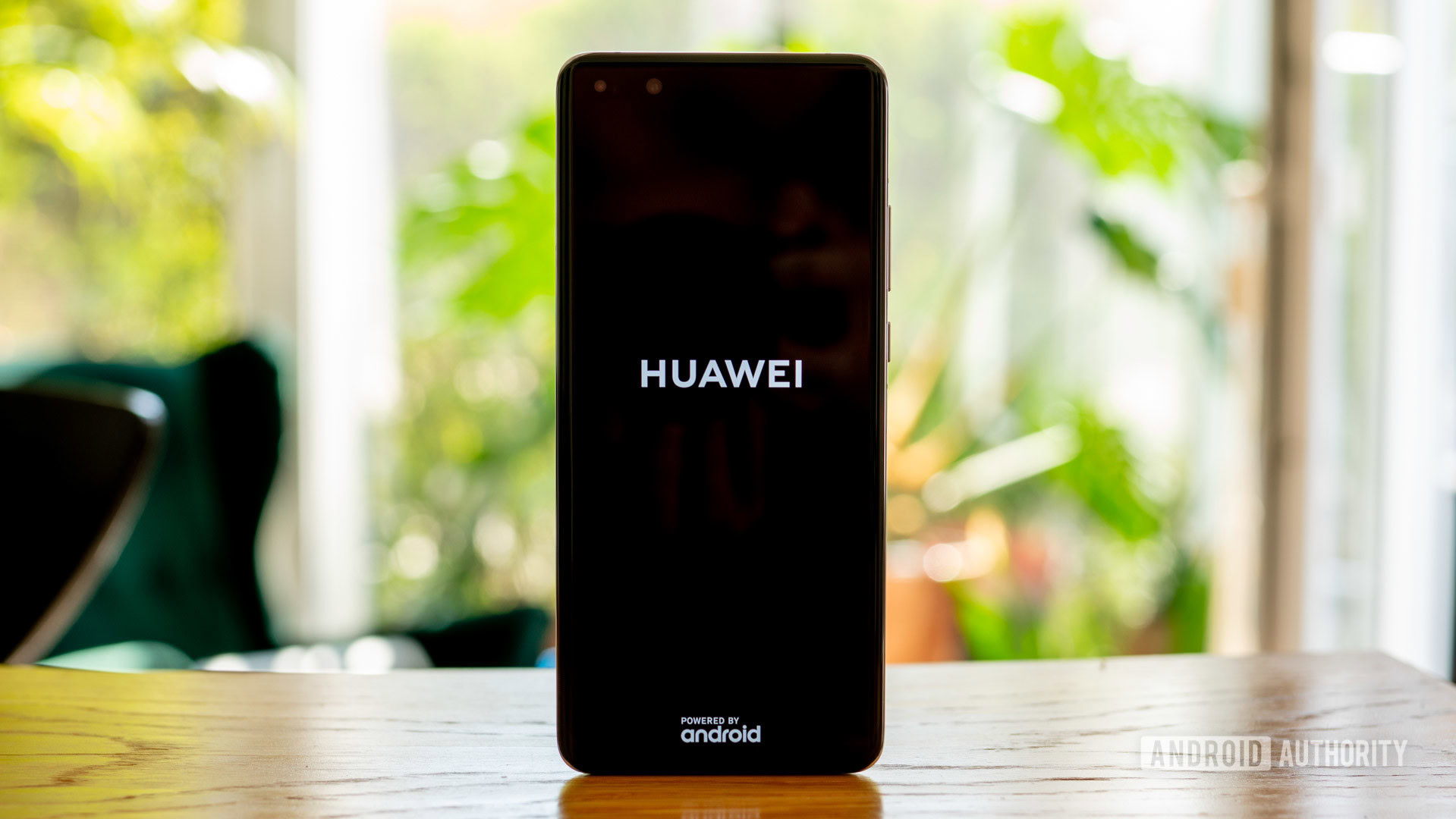
HUAWEI has been creating Android smartphones for almost as long as Android has been around. Throughout the years, the company has launched hundreds of phones under many different brand identities, including Ascend, the GR-line, the T-line, and more. Most of these have since been discontinued.
Below, we’re going to cover the active lines of HUAWEI phones. These are lines in which HUAWEI has released at least one phone over the past few years. Towards the end, we’re also going to briefly discuss HONOR, which used to be a sub-brand of HUAWEI.
The P-series of HUAWEI phones
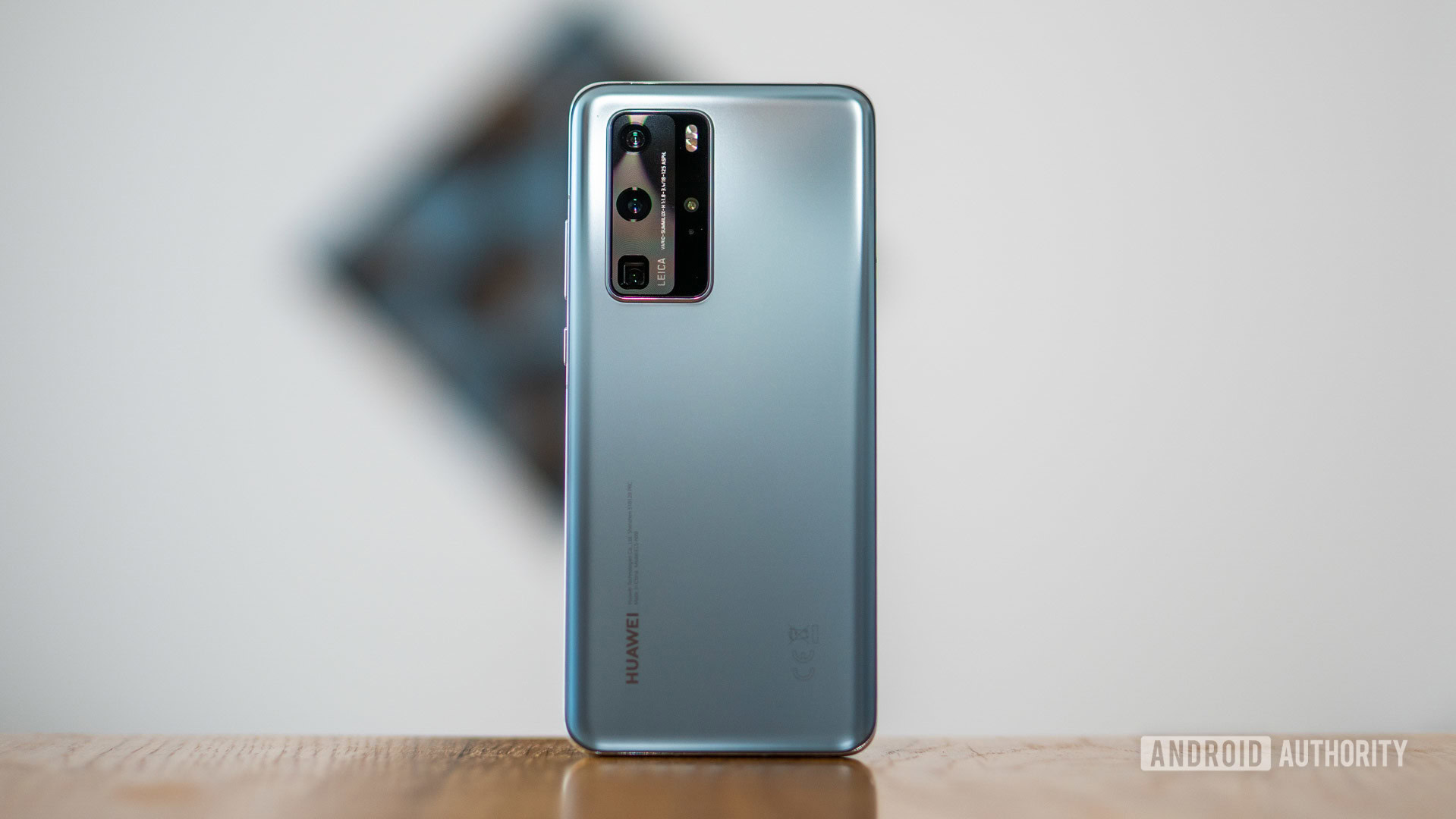
In brief, the HUAWEI P-series is very analogous to the Galaxy S line from Samsung. The P-series represents the best-of-the-best of the brand when it comes to general smartphone consumers. Unless you have very specific user needs or are looking for a more business-oriented device, chances are good a P-series phone is designed for you.
The most recent entries in this family are those in the HUAWEI P50 line. These phones are incredibly powerful when it comes to hardware, but HUAWEI’s software problems prevent the phones from being truly great (more on that later).

The flagship feature of the P-series is the camera. For years now, the rear camera systems on P-series devices have been some of the best you can get. When you combine the photography pedigree with the innovative designs and high-powered specs of the P-series, you have the recipe for one of the best smartphones of the year.
Of course, the last P-series phones to come with Google apps were in the HUAWEI P30 series from 2019.
The Mate line
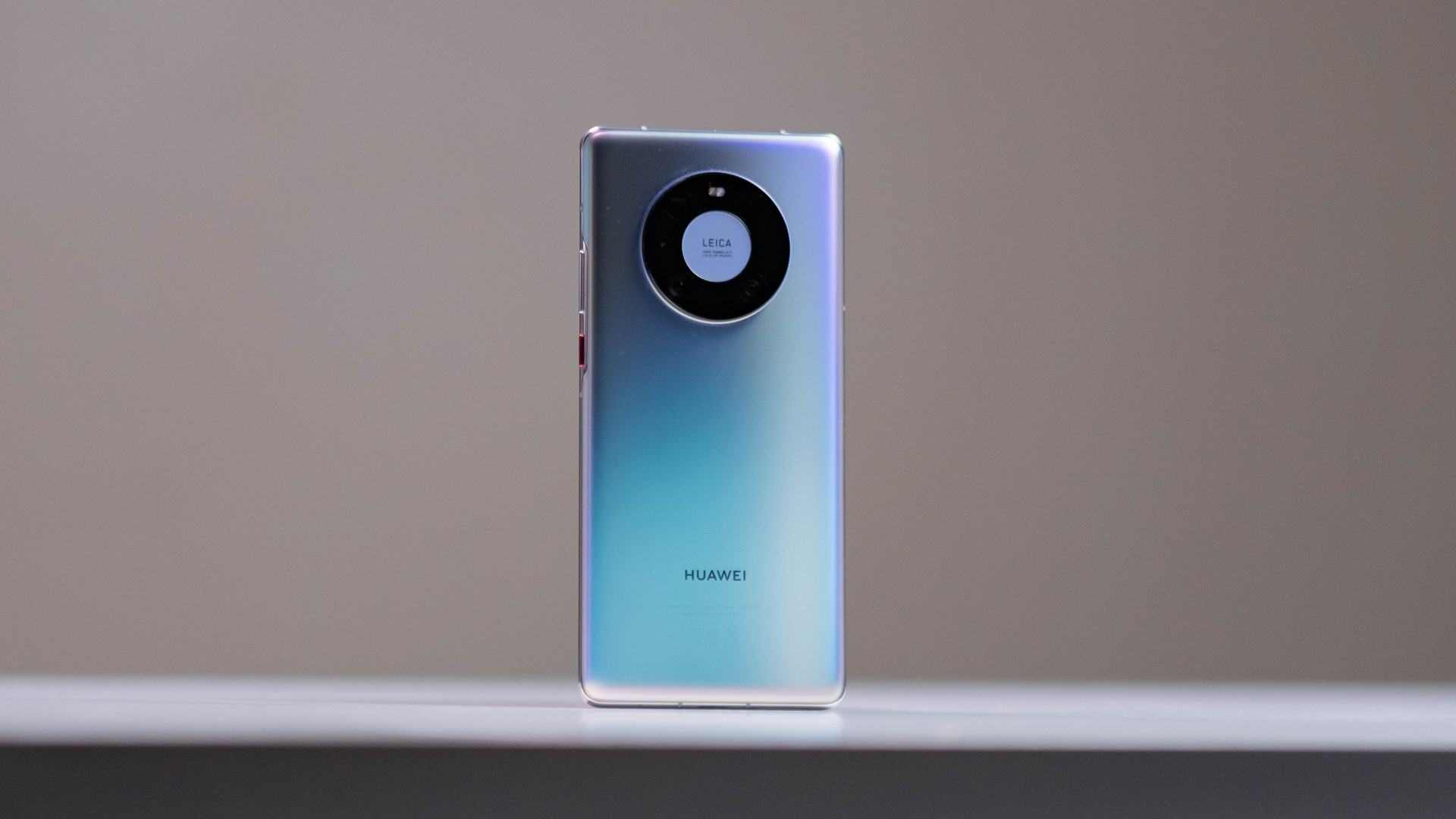
If the P-series is analogous to the Galaxy S series, then the Mate series is akin to the Galaxy Note line. In the world of HUAWEI phones, the Mate series is where the top-of-the-line, no-holds-barred devices live. These are usually the most powerful, the most innovative, and the most expensive HUAWEI smartphones.
The most recent line of “normal” Mate phones is the HUAWEI Mate 40 series, which includes the HUAWEI Mate 40 Pro. These phones launched in late 2020 and feature a similar camera system as the P40 series. However, some upgraded internals and some classier design elements make the Mate 40 Pro a superior device in most respects. Of course, you’ll pay more for that bump in quality — and you won’t get Google apps.
The Mate line is where all of HUAWEI's most premium (and most expensive) devices live.
The Mate 40 series once again lacks Google apps, making it hard to recommend.
Outside of traditional smartphones, the Mate line also contains the foldable phones HUAWEI has created. The HUAWEI Mate X was the first foldable from the brand, followed up later by the most recent HUAWEI Mate XS. These phones went up against Samsung’s line of Galaxy Fold and Galaxy Z Fold phones. However, Samsung has proven to be the leader thanks to a higher level of availability and, of course, no restrictions on Google apps.
The Y-series
The P-series and Mate lines are very expensive. The Y-series is where HUAWEI launches devices that are cheaper but still offer decent specs and features. This would be analogous to Samsung’s Galaxy A series.
Take the most recent entry in the line, the HUAWEI Y9a, as an example. The phone looks a lot like the HUAWEI Mate 40 Pro, even featuring a very similar camera module. However, the camera hardware itself is much weaker, and the specs of the phone overall don’t measure up to something like the Mate 40 Pro. Because of these cut corners, the Y9a comes in at about a quarter of the price of the Mate 40 Pro.
Generally, if you don’t need a top-of-the-line smartphone or just want to save some cash, the Y-series is a good place to start.
The Nova line of HUAWEI phones

Similarly to the Y-series, the Nova line of HUAWEI phones is generally less expensive than the company’s flagship offerings. The main differentiator between the Y-series and the Nova line is that the camera system is the primary feature of Nova phones. This makes them appealing to younger consumers for which the camera is one of the most important aspects of a smartphone buying decision.
The Nova line specifically caters to photo-snapping young people.
The most recent Nova phone is the HUAWEI Nova 9, which launched in late 2021. The Nova 9 has a quad-lens camera system with a pretty powerful primary sensor, but its other specs are fairly weak.
In years past, HUAWEI would push out tons of Nova-branded phones each year. However, the HUAWEI ban has significantly lowered the company’s output.
Honor: A former HUAWEI sub-brand
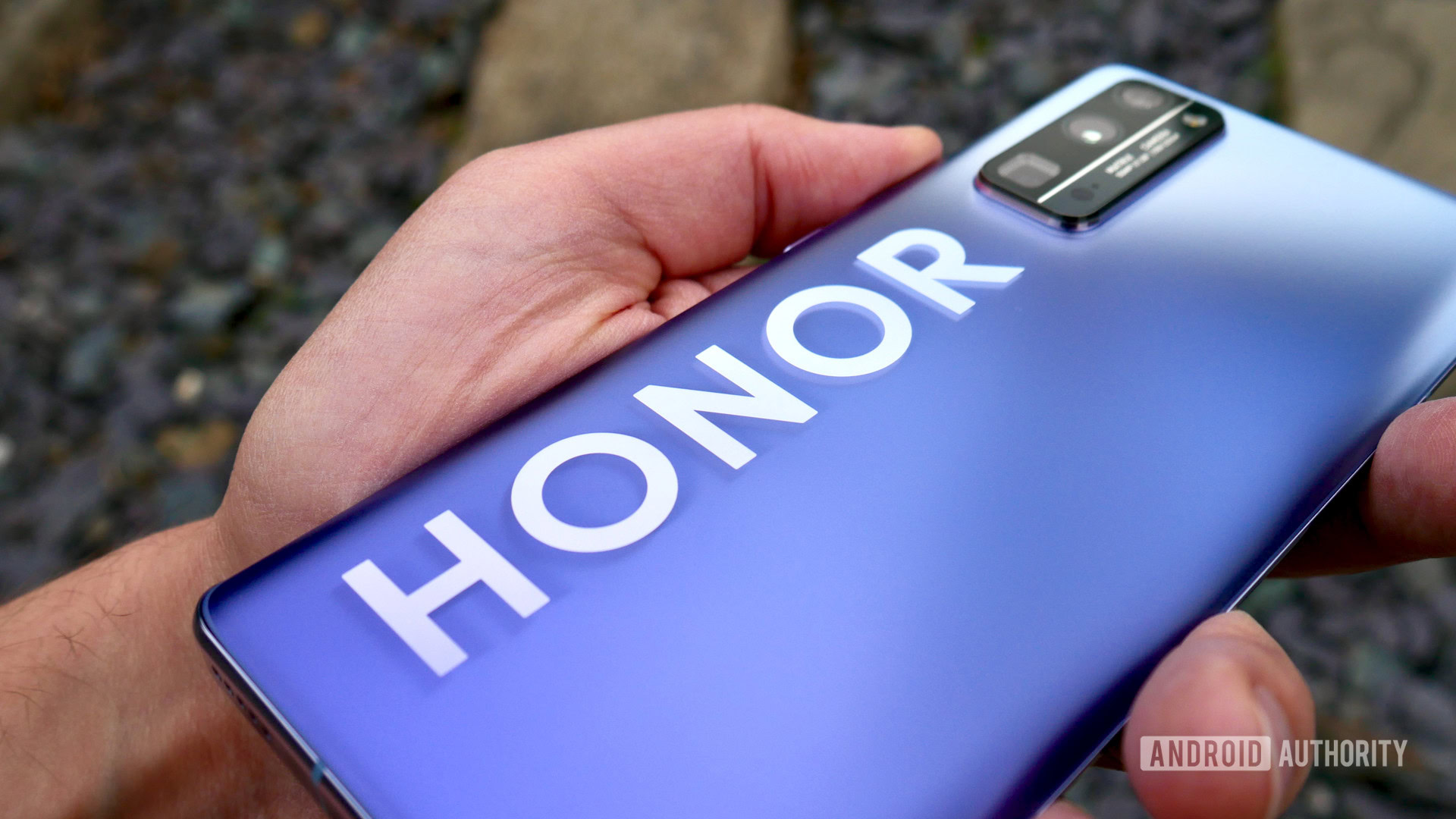
HONOR started as a sub-brand of HUAWEI smartphones and then became an entire brand of its own that existed under the HUAWEI umbrella. This was similar to how Redmi and POCO exist as their own entities but are under the watchful eye of Xiaomi.
However, due to the ongoing HUAWEI ban, HONOR is no longer a sub-brand of that company. HUAWEI sold HONOR to a company called Shenzhen Zhixin New Information Technology Co. in late 2020. This allows HONOR to once again have access to Google apps and other US-based products.
See also: The best HONOR phones to get
HONOR markets its phones to younger buyers. The phones vary in price from budget to flagship, but most exist in the mid-range sector. As with HUAWEI’s Nova series, the cameras on HONOR phones are a huge aspect of the devices along with colorful and innovative designs.
The most recent HONOR phones are those in the Magic 4 series. The HONOR Magic 4 Pro was one of our favorite smartphones launched at Mobile World Congress 2022.
HONOR also creates non-smartphone products. Its most recent wearable is the HONOR Band 6, and its most recent laptop is the HONOR MagicBook Pro. All of these other products, though, are very similar to HUAWEI-branded products in the same category.
What sets HUAWEI phones apart from competitors?
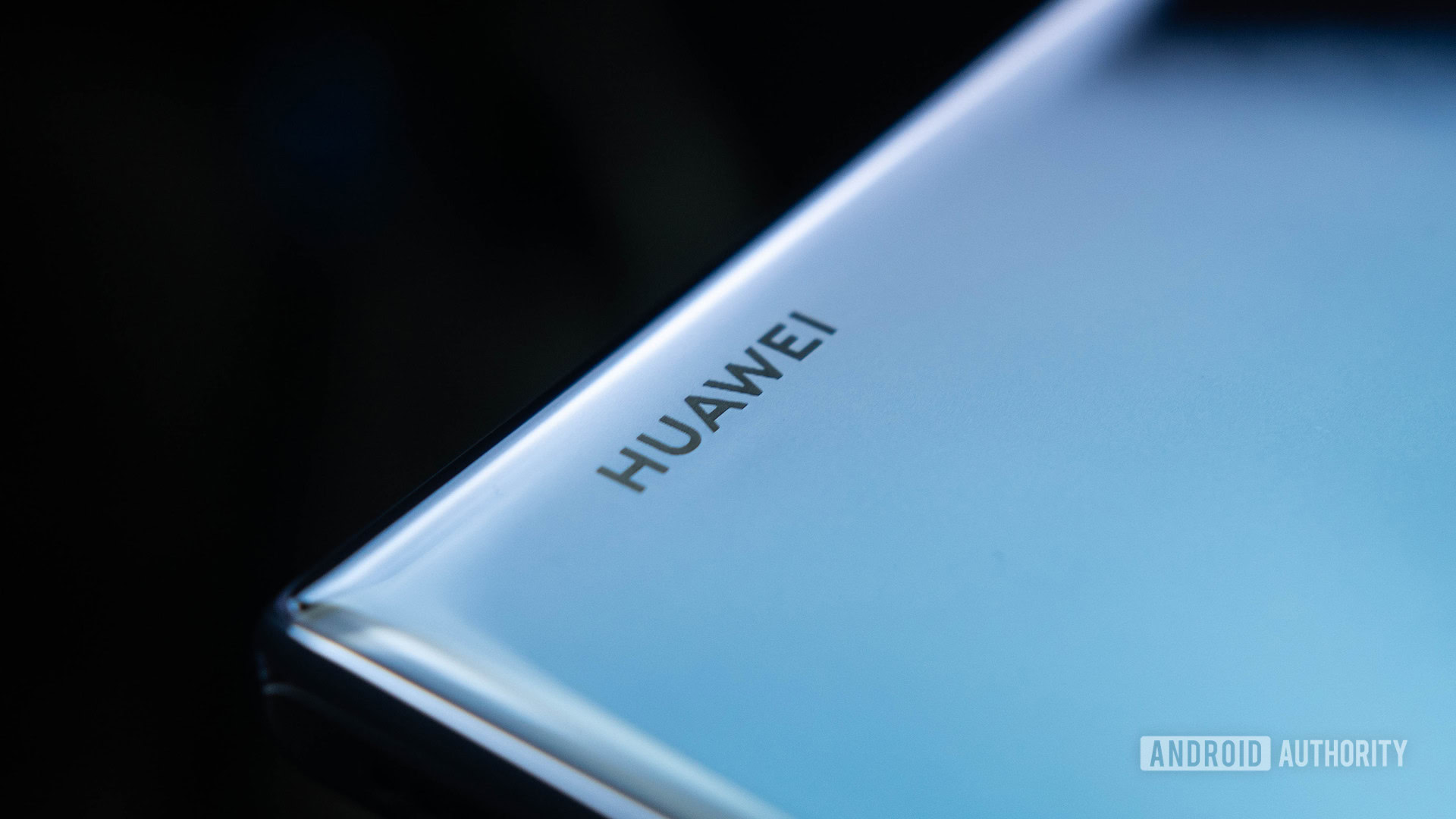
Obviously, the biggest thing that sets all HUAWEI phones apart from other brands right now is HUAWEI’s lack of access to Google apps. That alone will likely push many consumers to drift to competitor products. However, if we ignore that, there are three major aspects of HUAWEI devices that make them stand out from the competition.
Terrific camera systems
If there’s one thing that HUAWEI does best, it’s delivering a top-notch camera experience to all of its devices. Whether you’re paying over $1,000 for the latest P-series or Mate phone or spending much less on a Nova or Y-series device, you can be assured you’re going to get a camera that meets or exceeds your expectations.
With respect to HUAWEI’s cameras, here’s an interesting factoid. Every year, Android Authority compiles Best of Android lists that detail the best phones in particular categories. Every single year from 2015 to 2020, a HUAWEI-made phone has either been the number one choice or on the shortlist of runners-up in the camera field. That says quite a lot!
Now, this is not to say that other brands don’t also have great cameras. Samsung, Google, Apple, and plenty of other companies also deliver some terrific systems. HUAWEI, though, clearly makes the feature its top-most priority, which helps it beat out most of the competition in multiple respects.
Proprietary hardware
Other than Apple, very few brands create the bulk of the hardware inside their smartphones. HUAWEI, though, has been creating its own smartphone processors, modems, GPUs, and more. This enables the hardware in HUAWEI phones to work better together than some other systems. After all, getting everything from Company A to work well with stuff from Company B within a phone from Company C is sometimes not so easy.
The downside to this, though, is that HUAWEI’s phones sometimes don’t measure up to the raw benchmarks of other phones. While Huawei’s Kirin processors, for example, usually can go toe-to-toe with the latest flagship silicon from Qualcomm, the Kirin processor rarely comes out on top.
Recently, HUAWEI admitted that the US government’s trade ban on the company would prevent it from creating Kirin chipsets in the future. That means, going forward, this aspect of HUAWEI phones won’t be true anymore.
Multi-device integration
As mentioned earlier, HUAWEI creates a lot of different consumer electronics in addition to its smartphones. Taking a cue from Apple, HUAWEI builds deep integration between all these products, which allows users to, for example, easily wirelessly connect their HUAWEI phone to their HUAWEI laptop.
This kind of ecosystem building is one of the reasons Apple users stick with Apple. Once you get all your electronics “talking” to one another, you are less apt to deviate from that brand. This is one of the many reasons HUAWEI has been so successful.
Of course, just like with Apple’s “walled garden,” this aspect also has a downside. As an example, there are some really cool features related to HUAWEI’s FreeBuds Pro that you can’t use if you don’t have a HUAWEI phone. This limitation might simultaneously prevent people from buying those earbuds if they don’t want to own a phone from HUAWEI.
The HUAWEI ban: A quick summary
By now, we’ve mentioned the HUAWEI ban quite a bit. We have a very long article that goes over everything you need to know related to this and how it affects HUAWEI phones and other products. Here, though, we’re just going to give a quick summary of what happened, why, and what it means for you, the general consumer.
Donald Trump’s trade war
From the beginning of his tenure as the President of the United States, Donald Trump had been unpredictable when it came to China. At first, it seemed he was ready to be friendly and live and let live, but over time, he became increasingly antagonistic towards the country.
In early 2018, Trump started instituting tariffs and trade limitations related to business activities between the US and China. Eventually, there were so many of these that the media started calling it a trade war. There are a lot of reasons behind the trade war that far exceed the scope of this article, but one aspect is the history of Chinese companies committing intellectual property theft.
HUAWEI is one of China’s biggest conglomerates and carries a big reputation for IP theft throughout its history. This put HUAWEI in Trump’s crosshairs more so than other Chinese companies.
The HUAWEI ban begins
In May 2019, the Trump administration issued an executive order that prevents US-based firms from working with companies that pose a national security risk. The order does not mention HUAWEI or even China. However, an internal list of companies and firms — known as the “Entity List” — specifically calls out HUAWEI as being a security risk.
This order and the Entity List essentially made it illegal for any companies based in the US to do business with HUAWEI. That includes major players in the tech world, including Google, Qualcomm, Arm, and many, many more.
Over time, the HUAWEI ban would only be expanded. Now, even companies that don’t have a base in the US but use a lot of US-based parts are also unable to work with HUAWEI. Today, even with Trump no longer president, the HUAWEI ban stands strong.
How does this affect HUAWEI phones?
In brief, any new HUAWEI smartphone launched since late 2019 will not have Google apps available. It will still run on Android, but you won’t have access to the Google Play Store, YouTube, Gmail, Google Drive, or other Google services.
In place of this, HUAWEI has its own App Gallery. Like the Play Store, App Gallery allows you to download apps to install on your phone. However, App Gallery isn’t nearly as big as the Play Store and won’t include many popular applications, including heavy-hitters like Twitter, Instagram, Uber, and Netflix.
No matter how you slice it, HUAWEI phones will have a very limited selection of apps while the ban is in place.
This is incredibly limiting for the average consumer. As such, we here at Android Authority can’t recommend buying newer HUAWEI phones, regardless of how terrific the hardware might be.
It should be mentioned, though, that older HUAWEI phones still have access to Google apps. In fact, HUAWEI even re-released a few of its phones to bypass the Entity List’s rules. This allowed consumers to get “new” HUAWEI phones with Google apps, even during the HUAWEI ban. However, this won’t be able to continue. Going forward, all HUAWEI phones will launch without Google services.
Harmony OS
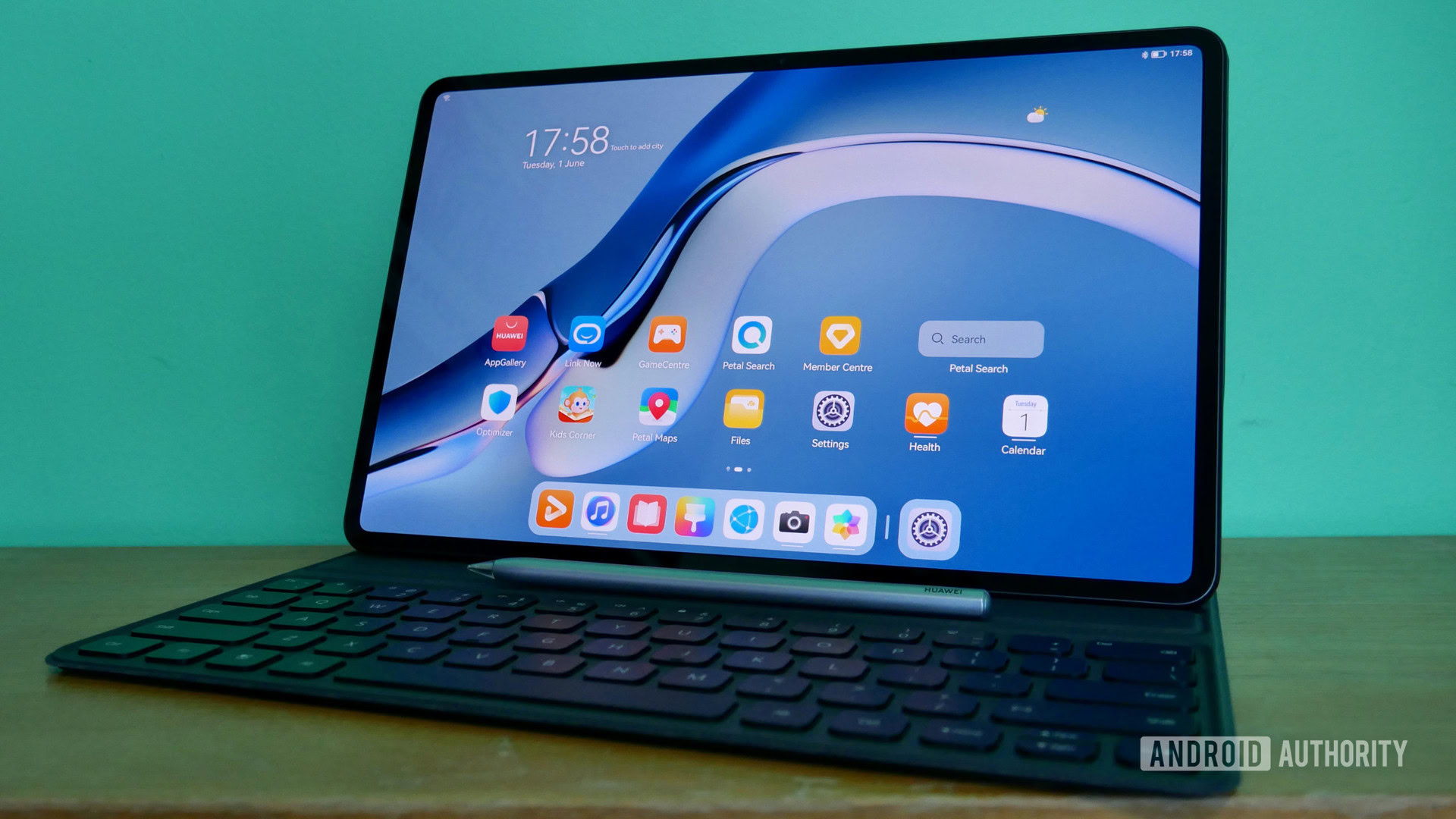
In the background, HUAWEI had been planning that it might one day lose access to Android. Its “Plan B” operating system debuted in 2019 as Harmony OS.
Like Android, Harmony OS is based on Linux. Also, like Android, Harmony OS is open-source, which would allow other companies to issue products powered by it. Since Android and Harmony OS are so similar, Harmony OS can even support applications designed for Android. However, developers would need to tweak the code for full integration with Harmony OS.
Harmony OS is so similar to Android that it's difficult to not see it as Android with a new coat of paint. HUAWEI denies this.
In 2021, HUAWEI finally debuted a mobile product with Harmony OS: the 2021 MatePad Pro, shown above. Interestingly, this version of Harmony OS includes a lot of code taken from Android 10 — even including the Android 10 Easter egg. HUAWEI downplays this by saying that Harmony OS includes Android code for compatibility reasons, but it is its own operating system that is not based on Android.
HUAWEI says it will update many of its current phones to Harmony OS eventually. Time will tell how this strategy fares against Android.
Competitors you might want to consider
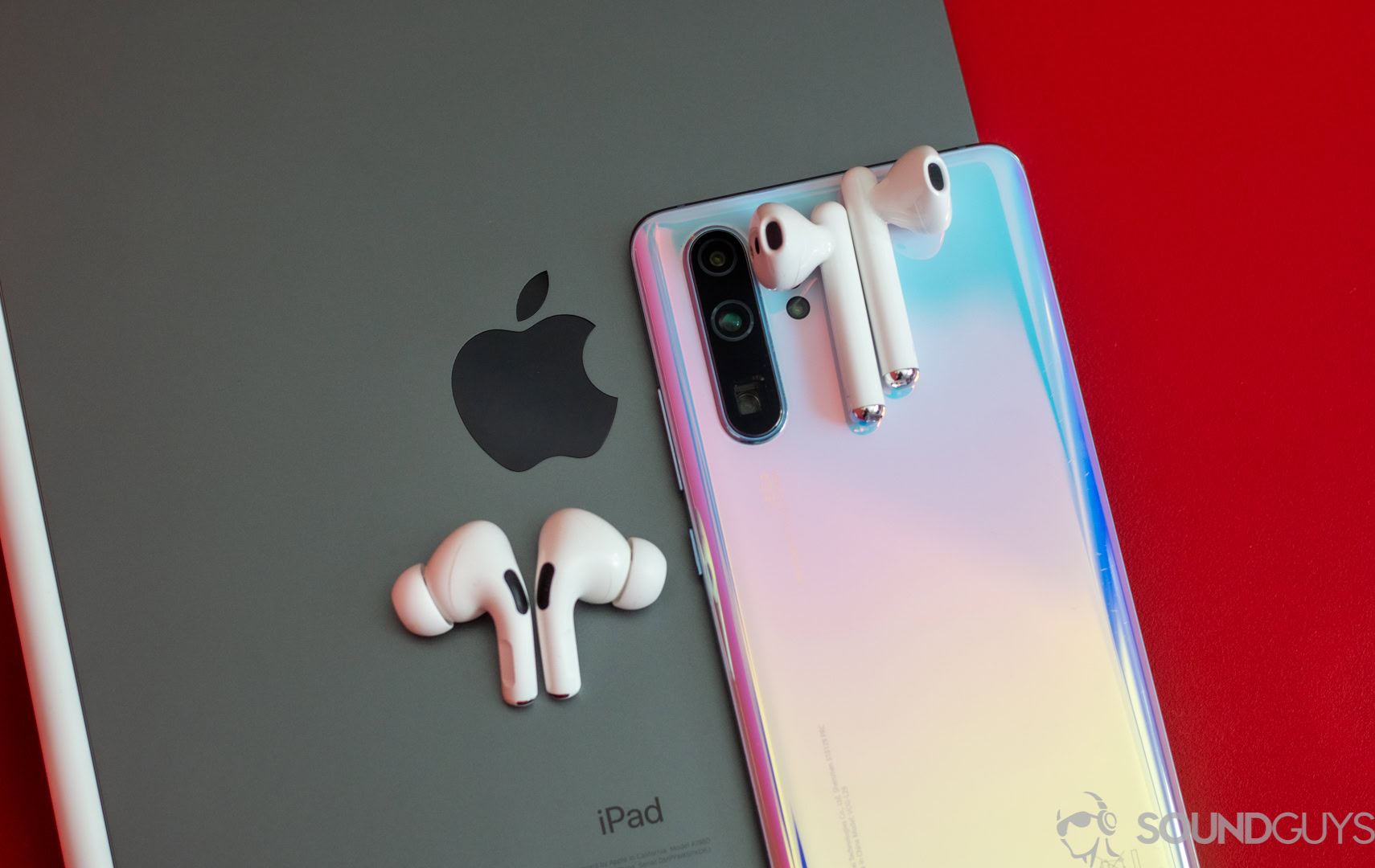
With the ongoing problems related to HUAWEI phones, many people who previously attached themselves to the brand might be looking for alternatives. Without a doubt, HUAWEI’s biggest competitor is Samsung. Both companies create multiple lines of Android smartphones at various price points, and the two firms were once neck-and-neck as far as being the largest smartphone manufacturer in the world goes (Samsung is now number one while HUAWEI is no longer in the top five).
Because of the HUAWEI ban, Samsung is likely to grow ever larger over the next few years. Most consumers who wanted to buy HUAWEI phones but now won’t will likely instead go for the next-biggest player.
Related: Samsung phone buyer’s guide: Everything you need to know
However, Apple is also a big competitor to HUAWEI. HUAWEI’s non-smartphone product portfolio borrows liberally from Apple’s design and business standards. It’s not out of the question that many buyers who are passing on HUAWEI might move to Apple tablets, laptops, and wearables going forward. They might even abandon Android and buy iPhones.
HUAWEI also competes in the budget and mid-range sectors, too. Throughout the world, Xiaomi will likely be where many of those users flock after leaving HUAWEI behind. Here in the US, though, Xiaomi has no footprint, so Samsung, Apple, and possibly Google and OnePlus will be their best options.
The greatest moments in the history of HUAWEI phones
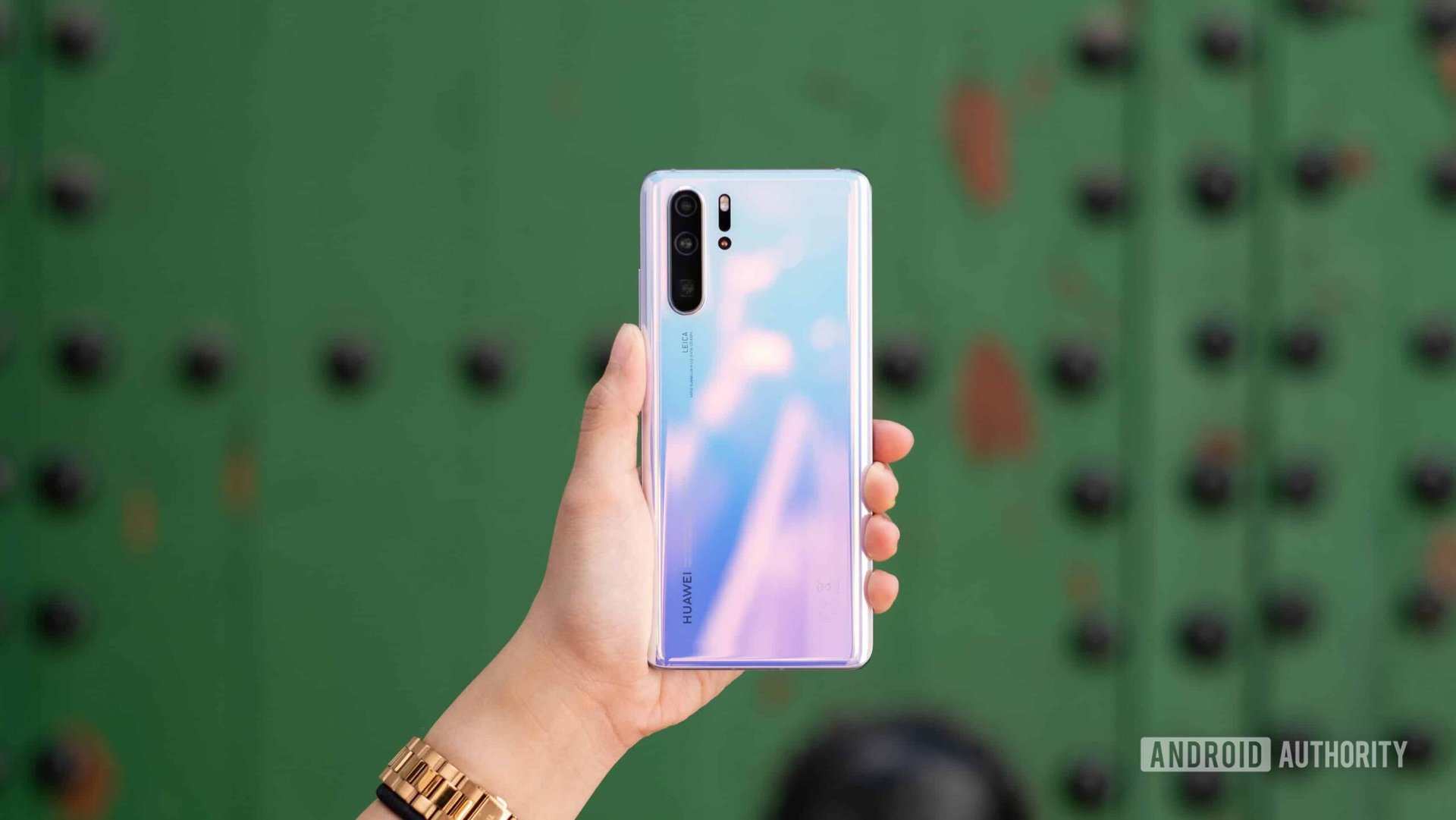
Before May 2019, HUAWEI was on an incredible roll. It had just released one of the best phones it’s ever made and was well on its way to achieving its goal of becoming the world’s biggest smartphone manufacturer. Below, you’ll find three landmarks in the history of HUAWEI phones that will always be remembered as true highlights.
Google Nexus 6P
As mentioned previously, the Google Nexus 6P was a smartphone designed by Google but manufactured by HUAWEI. Its worldwide launch represented the first time many Western Android users heard the name. Although the phone had some issues (the bootloop controversy being the biggest), time will always look back fondly on the Nexus 6P.
Related: Was the Nexus series really that great, or is it just rose-colored glasses?
The Nexus 6P was one of Google’s most successful phones up to that point. It either topped or at least was on the list of the best smartphones of the year at multiple publications, including Android Authority. In 2015, we called it the best camera on an Android smartphone you could buy.
The success of the Nexus 6P suggested that HUAWEI could make it in the US. Of course, that never came to be. Taken on its own, though, the Nexus 6P was a huge milestone for the brand.
Overtaking Apple’s second-place rank
In the second quarter of 2015, HUAWEI achieved something unexpected: it overtook Apple to become the world’s second-largest smartphone manufacturer. Once again, considering many Western consumers had never even heard the name “Huawei” before, this was quite the achievement.
Around this time, HUAWEI started to boast that it would be the top manufacturer by 2020. Technically, it achieved that very briefly, but the HUAWEI ban took that lead away (and then some) before we saw 2021.
Still, the company’s whirlwind success that brought it to this point can’t be denied. When a company overtakes Apple in anything, people tend to sit up and take notice.
HUAWEI P30 Pro
In March 2019, HUAWEI launched its newest flagships: the HUAWEI P30 family. In that series, the HUAWEI P30 Pro stood out as not only the cream of the crop in that particular line, but amongst all HUAWEI phones up until that point. It was a massive hit both critically and commercially.
Whether it was the stunning design, the incredibly powerful camera, or the smooth user experience, there was tons to love about the HUAWEI P30 Pro. In our review, we said, “its advantages over competitors are almost unfair.” It was an unrivaled marvel.
The fact that the phone might be the last of its kind seems sad but appropriate. If you’re going to go out on a device, you can’t do much better than the P30 Pro.
The not-so-great aspects of HUAWEI’s history
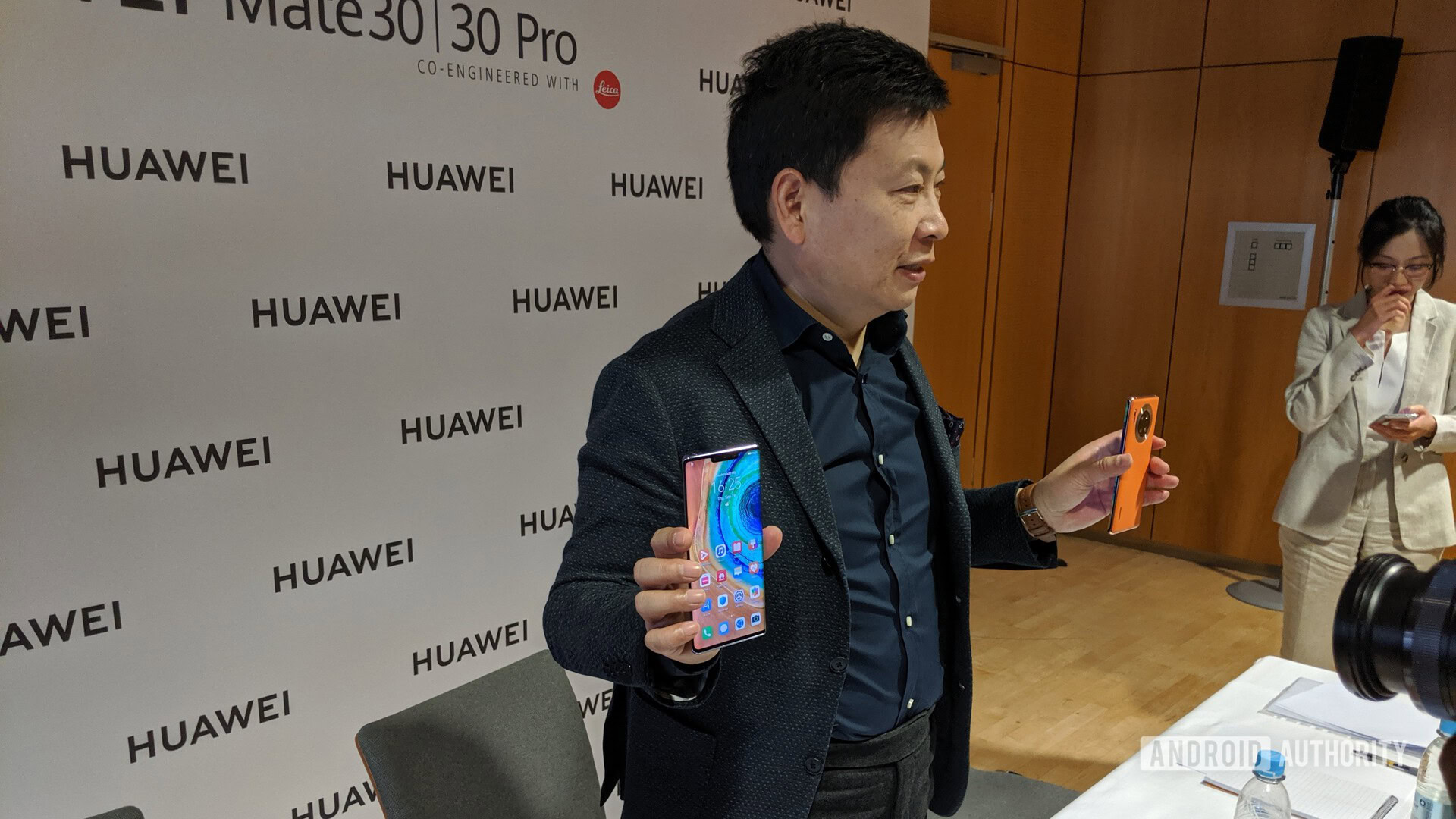
Despite HUAWEI’s incredible success, there has always been a dark cloud obfuscating its public persona. Legal troubles around the world, fuzzy connections to the Communist Party of China, and allegations of spying are just some of the issues consumers have with the firm. Below you’ll find the three biggest controversies surrounding HUAWEI.
The HUAWEI ban
Without a doubt, the current US ban on HUAWEI is the worst incident in the company’s 34-year history. At no other point has the company’s investments into an entire industry teetered so close to the edge.
Related: Most of you think the US has taken things too far with HUAWEI
If the US doesn’t give a little leeway to HUAWEI, it’s very possible that HUAWEI could be forced to fully exit the global smartphone industry. Of course, it could still sell plenty of smartphones in its native China, so it’s not like it would exit the industry entirely. Still, this is a dramatic change from what the company likely expected back at the beginning of 2019.
Of course, things could change. President Biden could limit or even fully remove the HUAWEI ban. Even if that doesn’t happen, Biden could issue government-sanctioned licenses to US firms, which would allow them to work with HUAWEI in a limited capacity. It’s not all doom-and-gloom for the company — but there is a lot of pessimism in the air.
A history of IP theft
One of the reasons the HUAWEI ban is in effect is the company’s reputation for intellectual property theft. At multiple points in many different countries, companies have sued HUAWEI for IP theft. Many of these cases end up with HUAWEI losing or settling out of court.
In 2019, the FBI conducted a sting operation on HUAWEI executives during the Consumer Electronics Show in Las Vegas. The operation gleaned considerable evidence to support the idea that HUAWEI targets young US-based companies and steals technology from them.
With Ren Zhengfei essentially starting HUAWEI by reverse-engineering other company’s products — combined with the sheer number of times HUAWEI has been called to court for IP theft — one can’t help but think at least some of these allegations are true.
Allegations of espionage
Although there have been plenty of proven occasions of HUAWEI stealing from other companies, the rampant allegations of espionage are a bit murkier. In brief, it is certain that HUAWEI has deep ties to the Chinese government, with some even saying that it is a de facto arm of the CCP. These ties combined with other legally gray actions the company has taken have resulted in multiple accusations that HUAWEI uses its products to spy on other nations.
To be clear, there has never been bonafide, ironclad proof that HUAWEI engages in espionage of this sort, whether for China or for its own ends. In fact, high-ranking HUAWEI executives have repeatedly asked accusers to produce evidence publicly — but it’s never happened.
Whether it’s true or not doesn’t matter too much when it comes to business, though. In business, reputation is everything. In the face of this, HUAWEI still sold hundreds of millions of smartphones each year, though, so the company clearly knows what it’s doing.
Other details related to HUAWEI phones
If you’ve gotten this far, you likely know more about HUAWEI and HUAWEI phones than you did when you started. There are two more things we want to touch on, though, that we haven’t mentioned yet.
EMUI
Huawei’s Android skin is known as EMUI (pronounced “ee-em-you-eye”). It was originally called Emotion UI, but it’s been years since HUAWEI has used that branding.
Overall, the latest versions of EMUI have been well-received by consumers and critics alike. It’s a powerful skin that offers a lot of user control, similar to something like Samsung’s One UI. Simultaneously, it doesn’t deviate too wildly from the minimalistic design elements of stock Android.
Of course, the HUAWEI ban has thrown future releases of EMUI for HUAWEI phones into question. At the 2020 HUAWEI Developer Conference, the company officially launched EMUI 11, which is based on Android 10, not Android 11 as one would expect. At this point, we are not sure how HUAWEI could successfully launch a version of EMUI based on Android 11. Read the next section for more on why.
Android upgrades and security patches
Android’s open-source nature means that HUAWEI can use the operating system on any of its products. However, as time’s gone by, many of the integral features of Android became inextricably linked to Android’s owner, Google. As such, using the base-level version of Android is fine, but issuing upgrades and security patches for it is a bit trickier.
Related: How long do chipmakers support their processors for Android updates?
As of right now, it’s not clear how HUAWEI will be able to keep its Android phones up to date. We are certain that it can’t update its older phones anymore, i.e. the ones that shipped with Google apps on board. It is possible that it could issue updates for its non-Google phones, but it wouldn’t get early access to those updates. It would also need to test, alter, and then distribute those updates on its own.
While it’s not impossible for non-Google HUAWEI phones to continue receiving Android support, it’s clear that it would be no easy task. Harmony OS could solve some of these problems, but its relatively certain that HUAWEI updates will be slower and less frequent than pretty much any other brand’s.
Frequently asked questions about HUAWEI phones
Q: Does HUAWEI spy on people who use its phones?
A: There has never been any verifiable evidence that HUAWEI spies on smartphone users. Now, it almost certainly does track user data, which is common practice with smartphones and other electronics. This means that anonymized user information is transmitted to HUAWEI for the purposes of tracking how people use its products. But there has never been any hard evidence to support the allegations that HUAWEI conducts illegal spying using its smartphones or any other devices.
Q: Is it legal to buy/own HUAWEI phones?
A: Yes, it is perfectly legal. The HUAWEI ban has no effect on consumers, it only pertains to other businesses. It might be more difficult to buy HUAWEI phones (and it’s certainly more difficult for the company to make them), but there have been no changes to how consumers can buy/own its products.
Q: If I buy a HUAWEI phone, will it eventually stop working?
A: No. HUAWEI will not push a software update that will “brick” one of its smartphones. The general gist is that if you own a HUAWEI smartphone released prior to May 2019, it will work fine — with Google apps and everything — but will no longer receive updates. If you own a HUAWEI phone launched after May 2019 without Google apps on board, you will still get Android updates for the time being, but they will be slow and sporadic. Either way, your phone will work as long as it’s physically capable.
Q: I read online that you can sideload Google apps. Is this true?
A: Yes, it is true. However, Google apps (and many non-Google Android apps) depend on Google Play Services to function. This is a service that can’t be sideloaded, so many apps won’t work correctly without it. There are ways around this, but it usually involves tweaking your phone in such a way that would make the software unstable or insecure. In general, we highly discourage trying to use any Google services on HUAWEI phones.
Q: I just want a phone to text, browse the web, and make a few phone calls. Can HUAWEI phones do that?
A: Yes! The only change between doing those things on your current phone and a future HUAWEI phone is that the apps you use to do those things will likely be different. HUAWEI phones are perfectly capable of performing most basic smartphone tasks.
